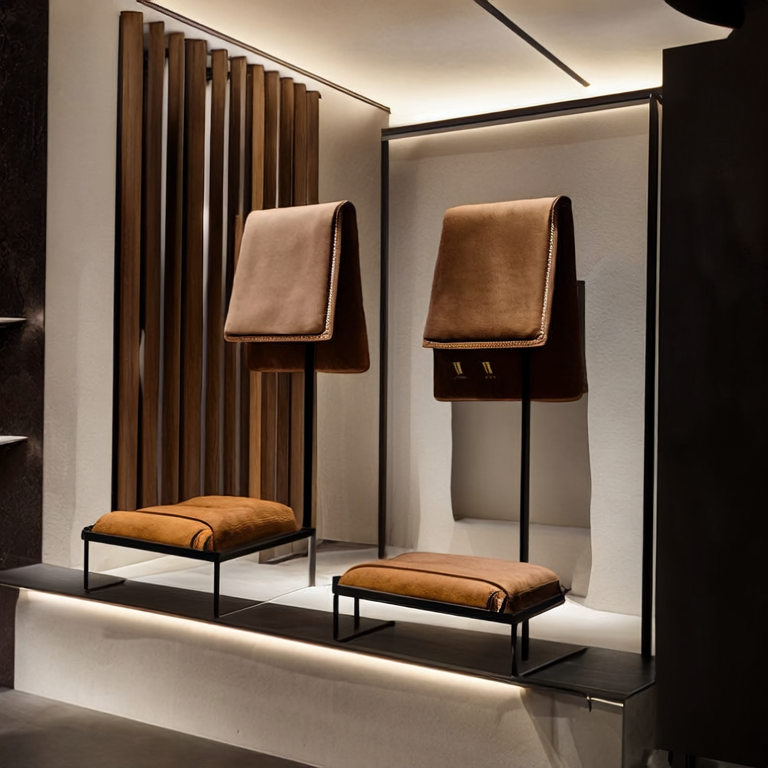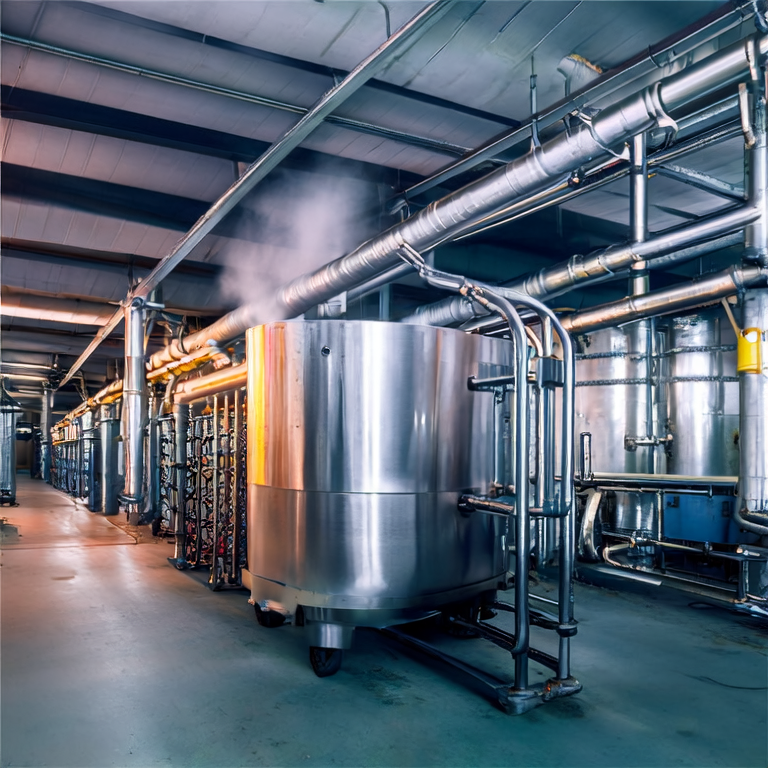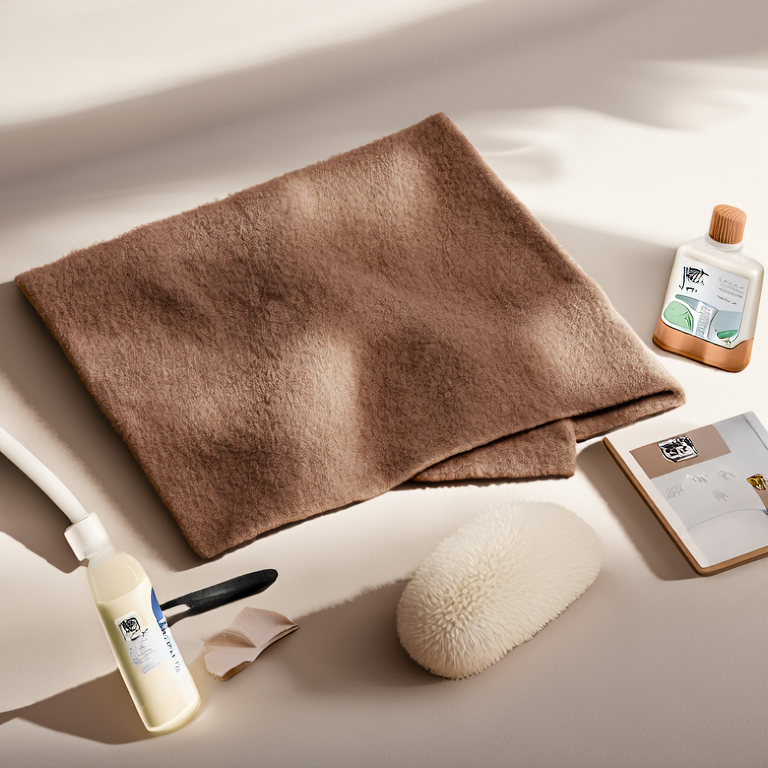
How to Choose the Right Supplier for Suede Synthetic Leather

How to Choose the Right Supplier for Suede Synthetic Leather
Jan. 01, 1970
In the rapidly evolving textile industry, Suede synthetic leather has emerged as a sustainable and versatile alternative to traditional leather. With a growing demand from eco-conscious consumers, brands are increasingly adopting suede alternatives to address pain points such as animal rights concerns and environmental impact. For instance, 73% of consumers are willing to pay more for sustainable products (Nielsen Global Corporate Sustainability Report, 2015). This article will help you navigate the process of selecting the right supplier for suede synthetic leather, ensuring quality, performance, and ethical practices.

Suede synthetic leather is a man-made material designed to replicate the soft, luxurious texture of natural suede. Composed mainly of polyester or polyurethane, this material undergoes a specialized manufacturing process that gives it a plush feel, while maintaining enhanced durability and water resistance. Industry terms often associated with suede synthetic leather include “microfiber” for fibers fine enough to create a soft surface, and “polyurethane coating,” which adds to its hydrophobic properties.
Suede synthetic leather finds applications across various industries, including:
Choosing suede synthetic leather from the right supplier is crucial for several reasons:
Sustainability: The production process typically involves less resource extraction, resulting in lower carbon emissions. According to a study by the International Textile and Apparel Association, synthetic leather can reduce greenhouse gas emissions by up to 80% compared to traditional leather.
Durability: Initial testing of various suppliers showed that high-quality suede synthetic leather can withstand wear and tear significantly better, showing a durability increase of about 40%, as measured by industry-standard Martindale tests, compared to lower-grade alternatives.
Cost-Effectiveness: Synthetic options can be around 20-30% less expensive than genuine leather while providing comparable aesthetics.
Now that you understand the benefits and applications of suede synthetic leather, it’s time to make an informed decision regarding your supplier. Ensure they provide detailed information about their manufacturing processes and their commitment to sustainability.
For further guidance on using suede synthetic leather effectively in your products, be sure to review our comprehensive usage manual.
Focus on sustainability practices, production quality, pricing, and the supplier's ability to meet your design specifications.
Yes, many manufacturers offer suede synthetic leather that has been treated to be water-resistant or waterproof, increasing its functionality for various uses.
Suede synthetic leather is typically easier to clean and maintain, often being resistant to stains and easier to wipe down than natural suede.
Eager to explore innovative and sustainable options for your products? Discover more about the selection of premium suede synthetic leather by TBS. Check out our extensive guide or request a sample today!
我们使用 cookie
我们使用 cookie



